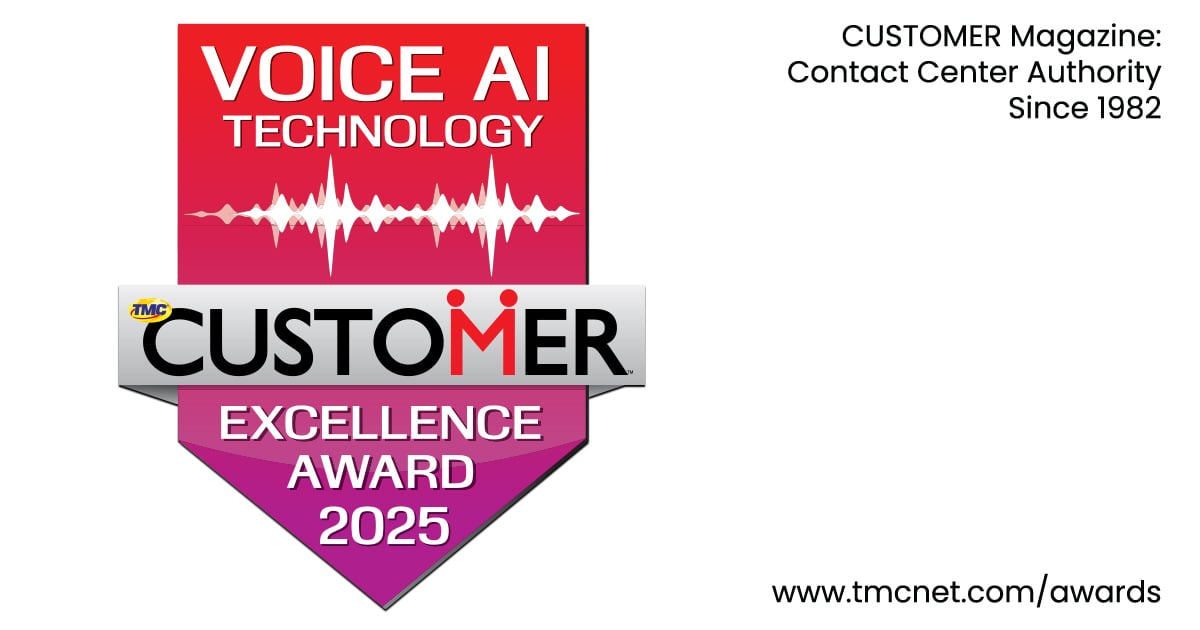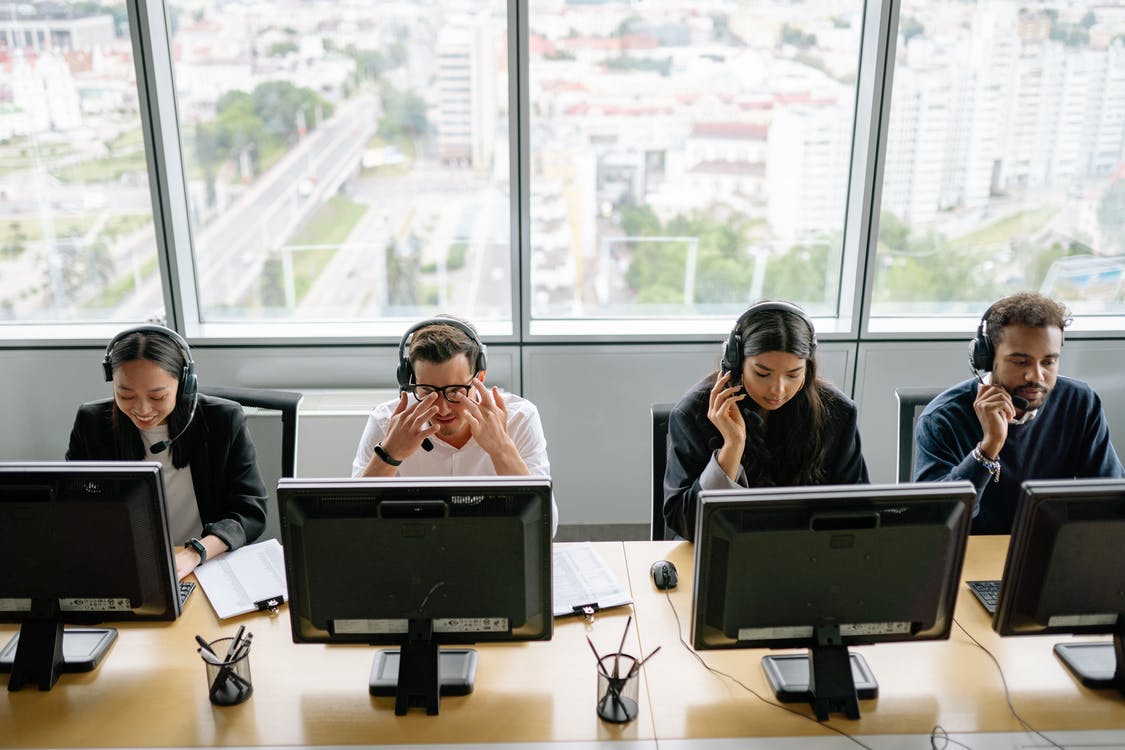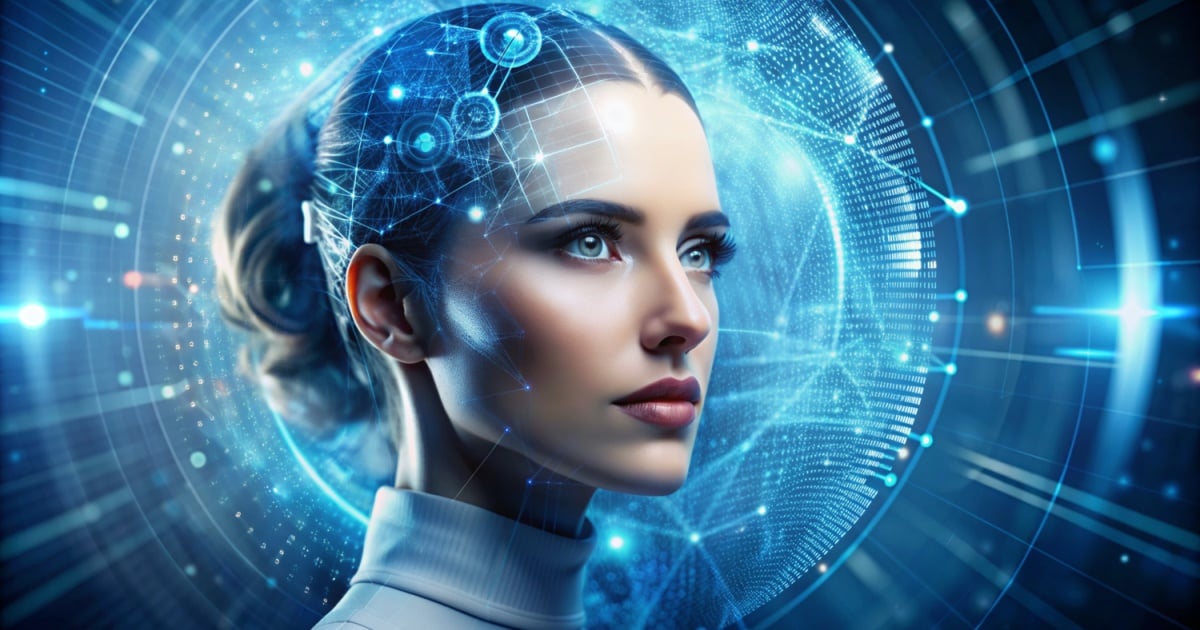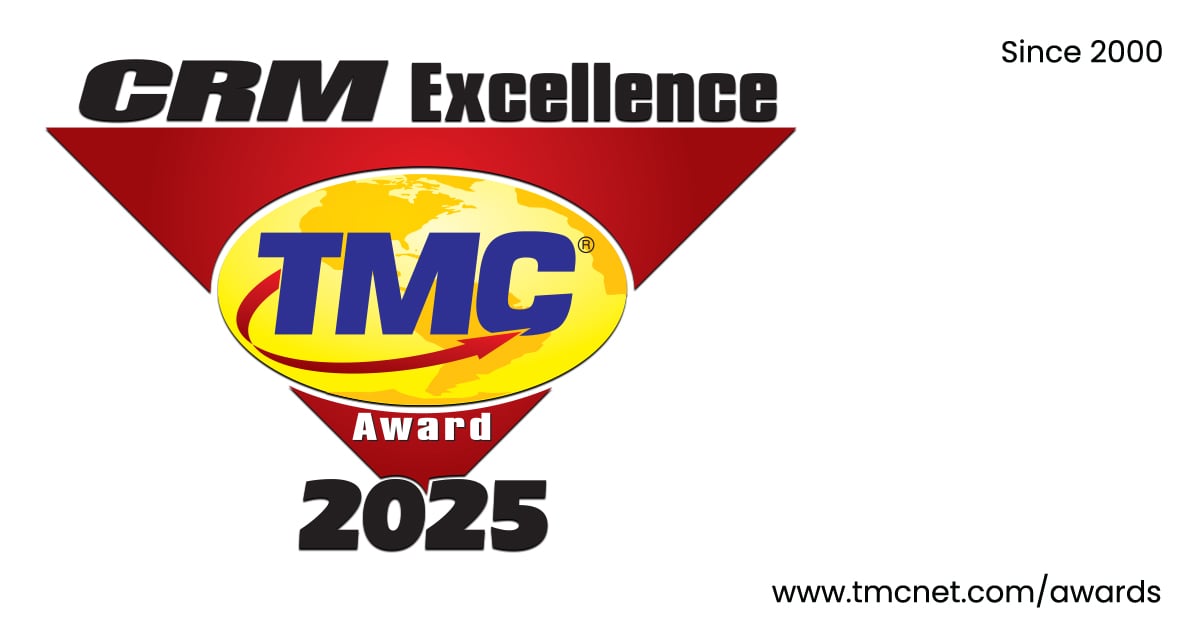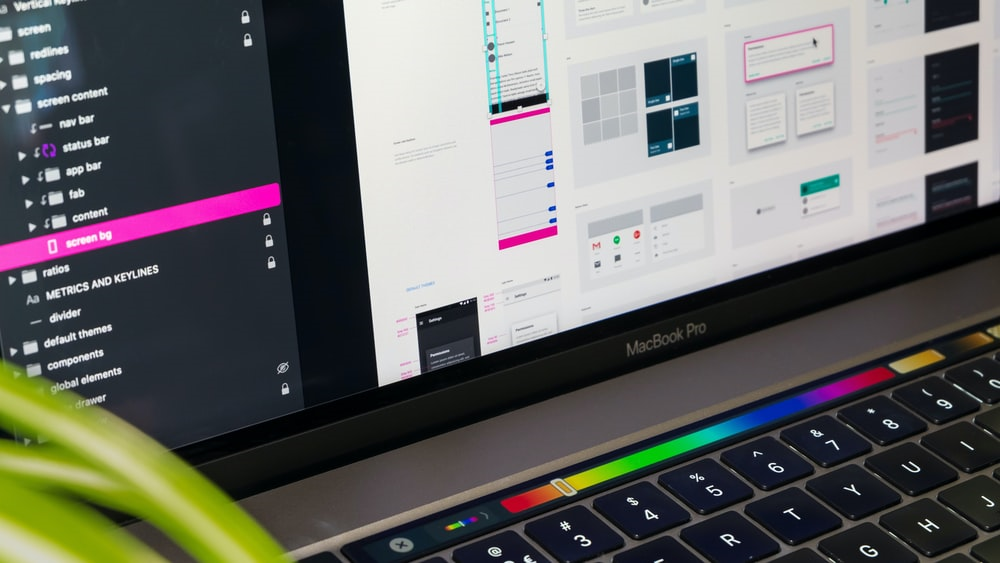
Easy access to information is more important in this digital world. Information is all around us in a variety of formats, from handwritten notes and printed documents to signs and product labels. However, using traditional techniques to obtain textual content may provide substantial obstacles for those who are visually impaired or who want to use technology to improve accessibility. This is where optical character recognition (OCR), a technique that converts images to text, comes into play as a ground-breaking fix. We examine the transformative potential of image-to-text conversion, its applications in several fields, and its significant influence on accessibility and inclusion in this thorough investigation.
The Development of Image to Text Technology
The evolution of image-to-text translation technology started since the early days of computer operation by scientists who predicted computers would soon be able to understand and process data from scanned photos. Many innovations in the field of machine learning, artificial intelligence as well computer vision through time have pushed OCR accuracy standards higher and higher. What considered to be science fiction in the past has now become a standard as an image to text converter that integrates seamlessly with software suites, document scanners, smartphones and tablets.
Increasing Inclusion and Accessibility
One of the main revolutionary features that make image-to-text conversion technology so unique is its ability to remove barriers and open up accessibility for people with visual impairments. The access to written materials may be problematic among persons who are blind or have impaired vision. However, with the progress of OCR technology printed stuff such as books, documentation and product labels may now be converted to digital formats that readily read by screen readers or produced in braille. This allows the visually impaired people to freely access and navigate through a wide range of textual material ranging from materials for daily use, job documents as well as study resources.
Furthermore, optical character recognition technology helps anyone who is interested in increasing the information accessible to himmaher or her by their own effort and choice. Indeed, it does not assist only people suffering from vision defects such as blindness but everyone else bent on improving accessibility of data they find necessary for their work. Now, language barriers are no longer insuperable given that OCR technology has enabled one to translate text from language to another pretty accurately. This expands new horizons for international cooperation, intercultural communication and language acquisition. In addition, the OCR technology simplifies digital documents into accessible formats for electronic and web applications bridging a fair chance of information acquisition regardless of abilities.
Applications in a Variety of Fields
Besides accessibility, the versatility offered by this image-to-text conversion technology is multiplicity in nearly all spheres of life and various fields. The new technology, OCR is revolutionizing the functional process between students and educational material. It allows users to convert worksheets, lecture notes and textbooks into digital format which are easy access. This, in turn, makes learning more dynamic and interactive character; students are able to interact with the material as they want best suited for them.
OCR technology improves document management methods in the business world because it allows for efficient data fielding, retrieval as well as analysis. OCR technologies increase efficiency, minimales errors and speeds up procedures for different tasks: such as processing invoices; digitizing archival documents or extracting essential information from contracts etc. In addition, with help of the OCR technology ensuring proper handling and secure processing it has critical benefit for compliance as minimizing risk of data breach and non-compliance regulatory.
The OCR technology is a critical improvement in the performance of medical record-keeping and documentation processes since health care requires a high level accuracy. Healthcare professionals may swiftly access patient information, make well-informed decisions, and provide high-quality treatment by using OCR technology to translate handwritten notes, prescription labels, and medical records into searchable digital formats. Furthermore, OCR technology makes it easier to extract structured data from scans and medical pictures, opening the door to developments in individualized treatment planning, diagnostic decision support, and medical imaging analysis.
Obstacles and Prospects for the Future
Even while accessibility and information access have improved significantly thanks to image-to-text conversion technology, there are still issues to be resolved, especially with regard to the shortcomings of the OCR systems in use today. OCR algorithms struggle continuously against the madness of handwritten text, poor quality documents, and intricate layout; therefore research increases are required to improve accuracy rate and performance.
The technology used in image-to-text conversion is likely to witness impressive expansion rates within the next few years because of deep learning, artificial intelligence and natural language processing. As it evolves further, we can also predict more improvements with regards to the precision of OCR systems’ efficiency and versatility. These developments will open up new uses and prospects for creativity, productivity, and accessibility.
In summary, the development of image-to-text technology has fundamentally changed how we access and use textual information. Through removing obstacles to accessibility, enabling people with disabilities, and transforming processes in a variety of fields, OCR technology opens the door to a future that is more connected, inclusive, and information-rich. As we embrace the possibilities of image-to-text conversion technology, we get one step closer to the realization of an information-rich world in which everyone can prosper and reach their full potential.

